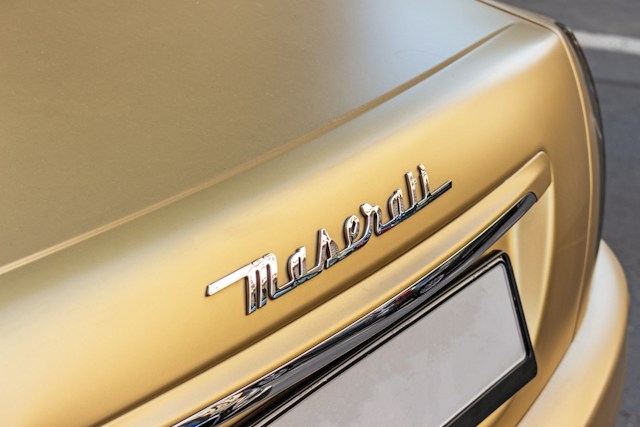Original Concrete Battery Breakthrough
Researchers at the Massachusetts Institute of Technology (MIT) have made a significant breakthrough in energy storage with a new type of concrete. This innovative material has the potential to transform entire houses into giant batteries, significantly impacting renewable energy integration.
The Secret Ingredient: Conductive Concrete
The key lies in adding a highly conductive material called carbon black to the standard concrete mix. This creates a substance that functions like a supercapacitor, excelling at rapid charging and discharging. While supercapacitors don’t offer the long-term storage of lithium-ion batteries, this characteristic makes them ideal for complementing traditional batteries.
Revolutionizing Energy Storage
The MIT research team, led by Damian Stefaniuk, is optimistic that their innovation can revolutionize energy storage. This technology offers a solution for storing renewable energy, which fluctuates in production, by alleviating strain on the electrical grid.
Beyond Homes: A Range of Applications
The potential applications extend far beyond homes. Roads constructed with this carbon-cement supercapacitor could enable wireless charging for electric vehicles, reducing reliance on traditional charging stations. Even more intriguing, this concrete could be used in building elements like walls, foundations, or columns – structures that would not only support buildings but also store energy.
While still in its early stages, this MIT innovation has the potential to revolutionize how we store and utilize energy, paving the way for a more sustainable future.







